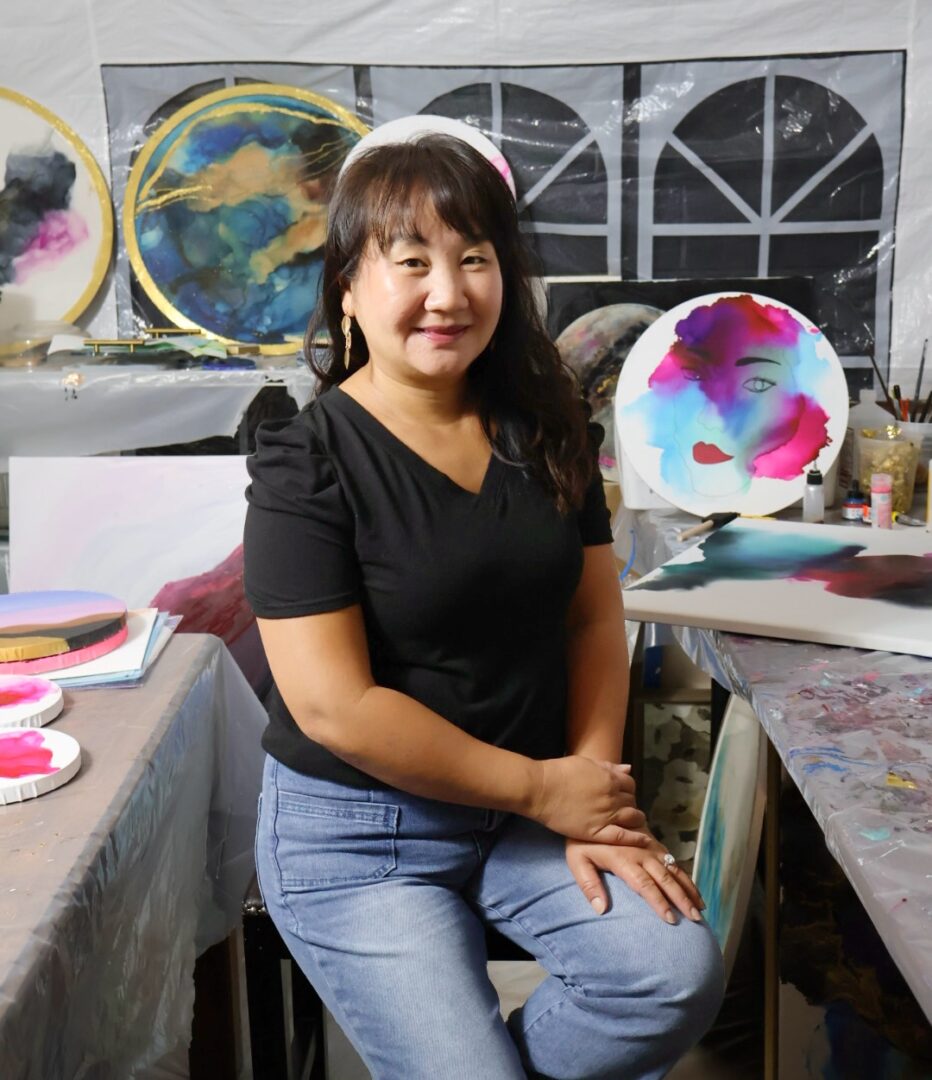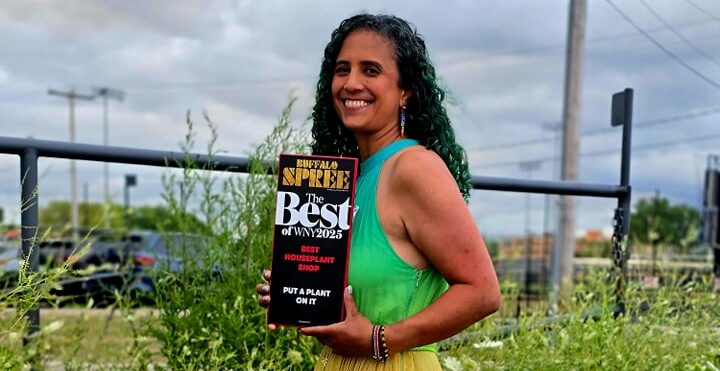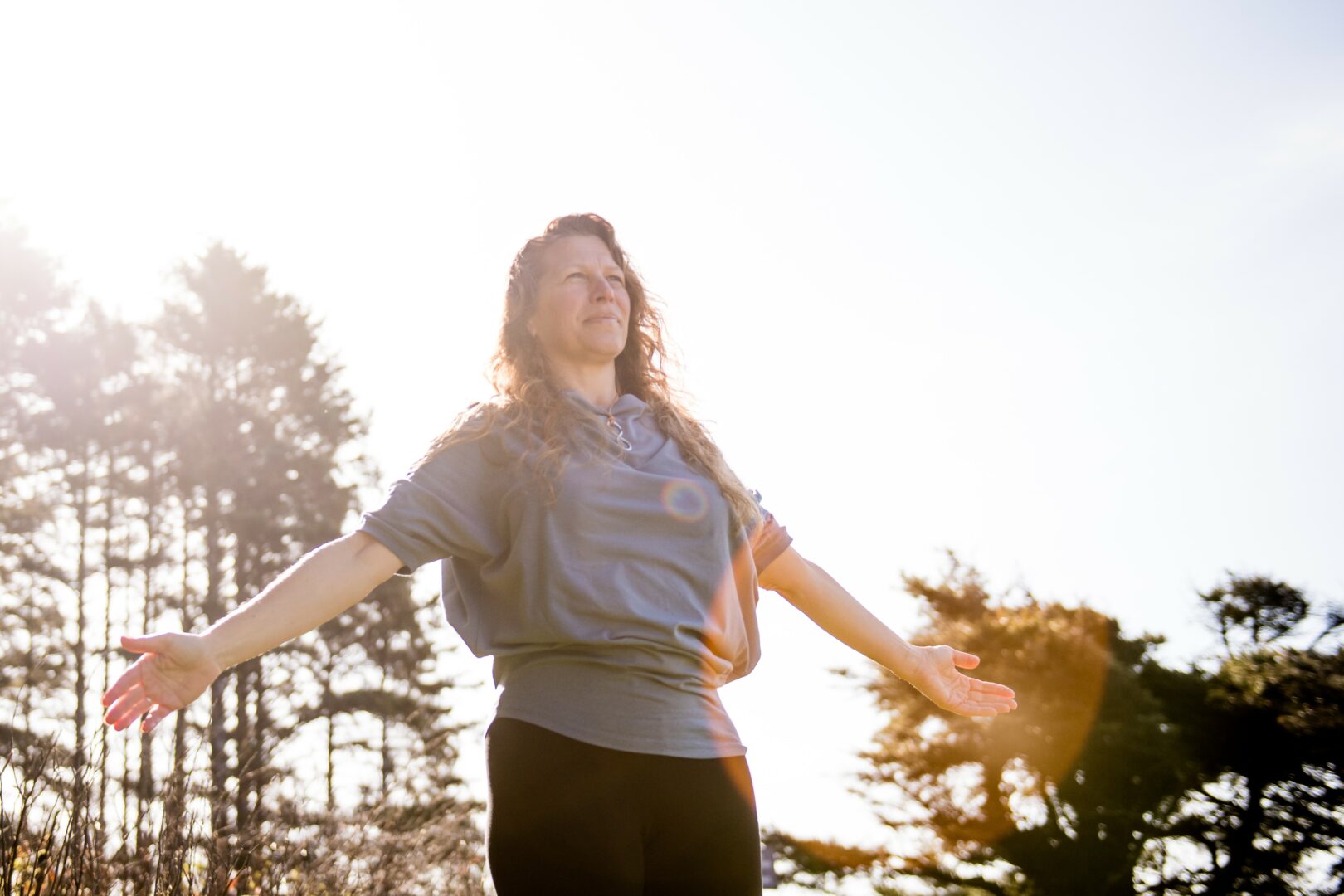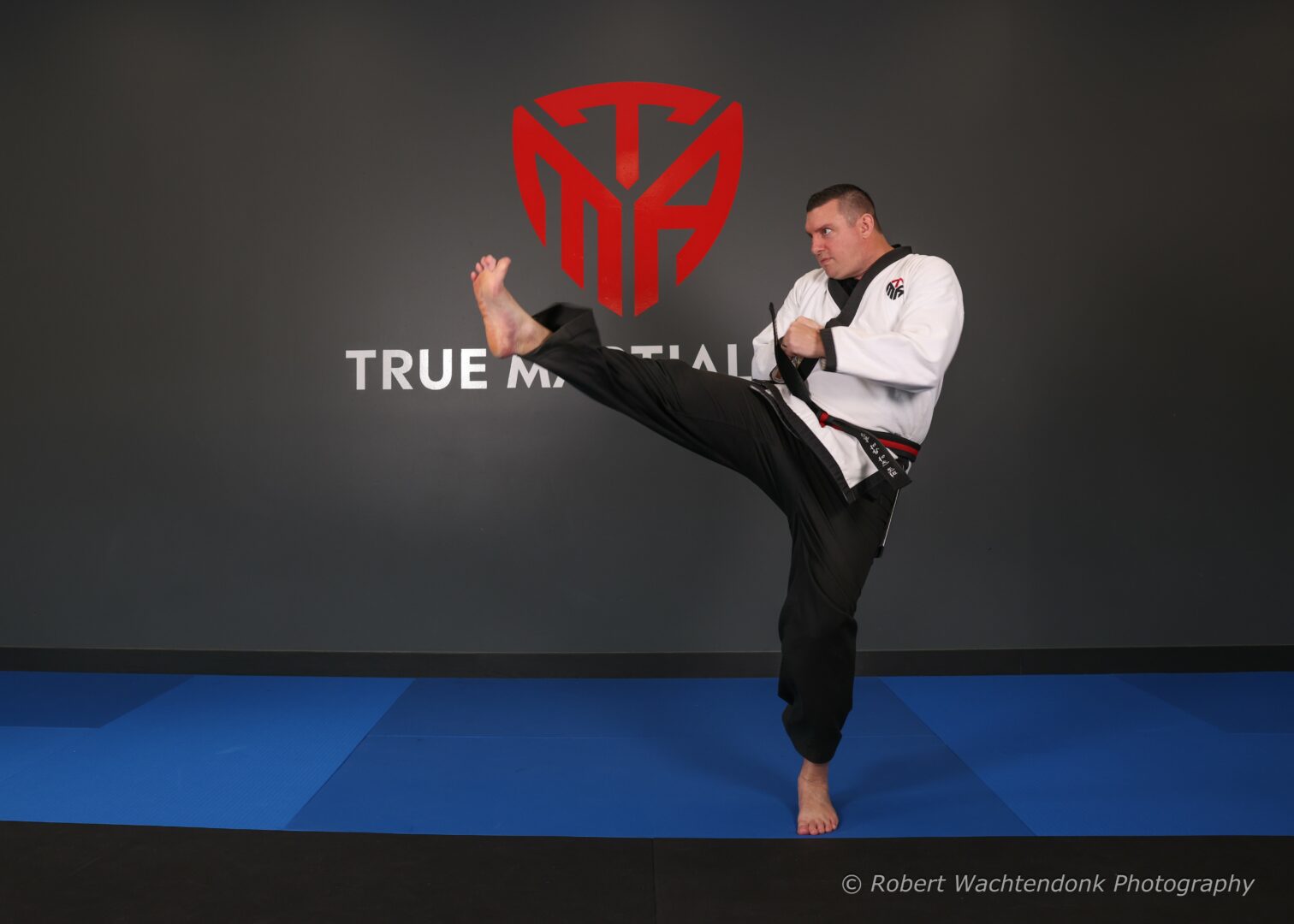Alright – so today we’ve got the honor of introducing you to Liz Yang. We think you’ll enjoy our conversation, we’ve shared it below.
Hi Liz , thank you so much for opening up with us about some important, but sometimes personal topics. One that really matters to us is overcoming Imposter Syndrome because we’ve seen how so many people are held back in life because of this and so we’d really appreciate hearing about how you overcame Imposter Syndrome.
Imposter syndrome has a subtle but powerful way of making you doubt the very things you’ve poured your heart into. I used to second-guess my creativity constantly, wondering if I was truly an artist or just someone pretending to be one. Even when others praised my work, I found it hard to believe—telling myself it was just luck, good timing, or a random fluke rather than a reflection of real talent.
The breakthrough came when I had an exhibition and was asked to share about my art journey. At first, I hesitated. What could I possibly say that would matter? But as I stood there, telling my story—not just about the finished pieces, but the process, the doubt, the healing and honesty behind each one—I saw people leaning in. They weren’t just connecting to the art; they were connecting to the heart behind it.
That moment shifted something in me.
As an artist, I had to realize that I’m a storyteller. And as a storyteller, my role isn’t to please everyone—it’s to speak truthfully, to create work that reflects both what I’ve lived and what I’m still learning. Not everyone will relate to my paintings, and that’s okay. My sense of achievement doesn’t come from universal approval —it comes from knowing who I am, creating from that place, and showing up with honesty.
I don’t create to prove something —I create to express something. And in doing so, I’ve learned to quiet the voice of self-doubt. Now, when imposter syndrome shows up, I don’t let it steer. I remind myself that I belong, not because I have all the answers, but because I have a voice. A story. A perspective worth sharing.

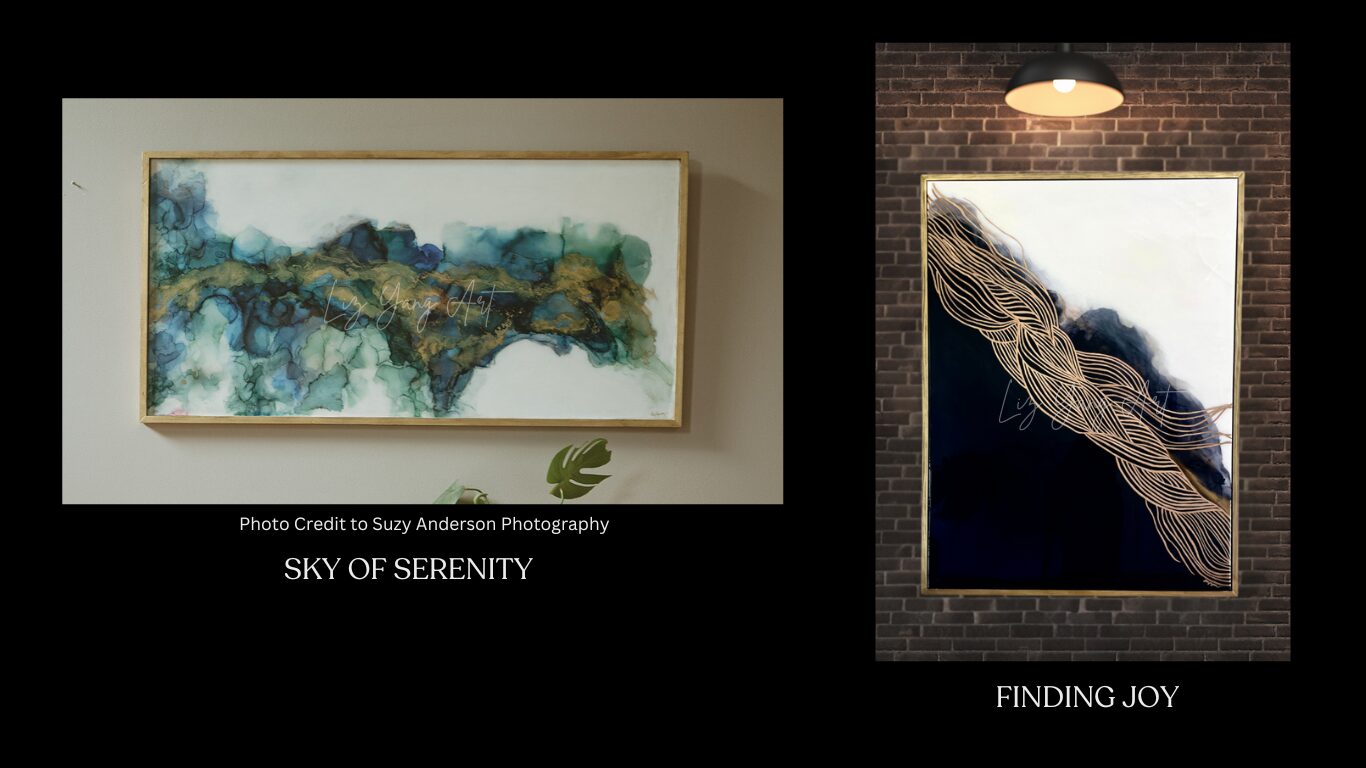
Let’s take a small detour – maybe you can share a bit about yourself before we dive back into some of the other questions we had for you?
My faith is the foundation of my work. Creating art is more than a passion—it’s a spiritual practice. It allows me to process, pray, and reflect. I often find that God meets me in the mess of it—in the unfinished edges and imperfect strokes. My hope is that my art becomes a space for others to feel that same sense of grace and connection.
Lately, I’ve been expanding my work by incorporating more of my experience as a first-generation Hmong American woman. I’m learning to tell the stories I once tucked away—the stories of navigating two cultures, holding space for generational strength and struggle, and finding healing in between. Through symbolism, fabric, language, and personal history, I’m weaving more of my identity into my work. It’s been both vulnerable and freeing.
As an artist, I see myself as a storyteller, but also as an encourager. I’m passionate about helping others use art to find and express their voice especially those who’ve been told to stay quiet. Whether it’s through a brushstroke or a brave conversation, I believe creativity is a way to reclaim space, dignity, and hope.
Right now, I’m working on a new series exploring the theme of “becoming” what it means to evolve, to surrender, and to be shaped by both struggle and grace. I’m also preparing for upcoming exhibitions and dreaming up collaborations with other artists and spaces that value authenticity, cultural expression, and faith-driven creativity.
My work is imperfect, layered, and full of soul…just like life. And through every piece, my hope is that people feel seen, stirred, and inspired to share their own story, too.

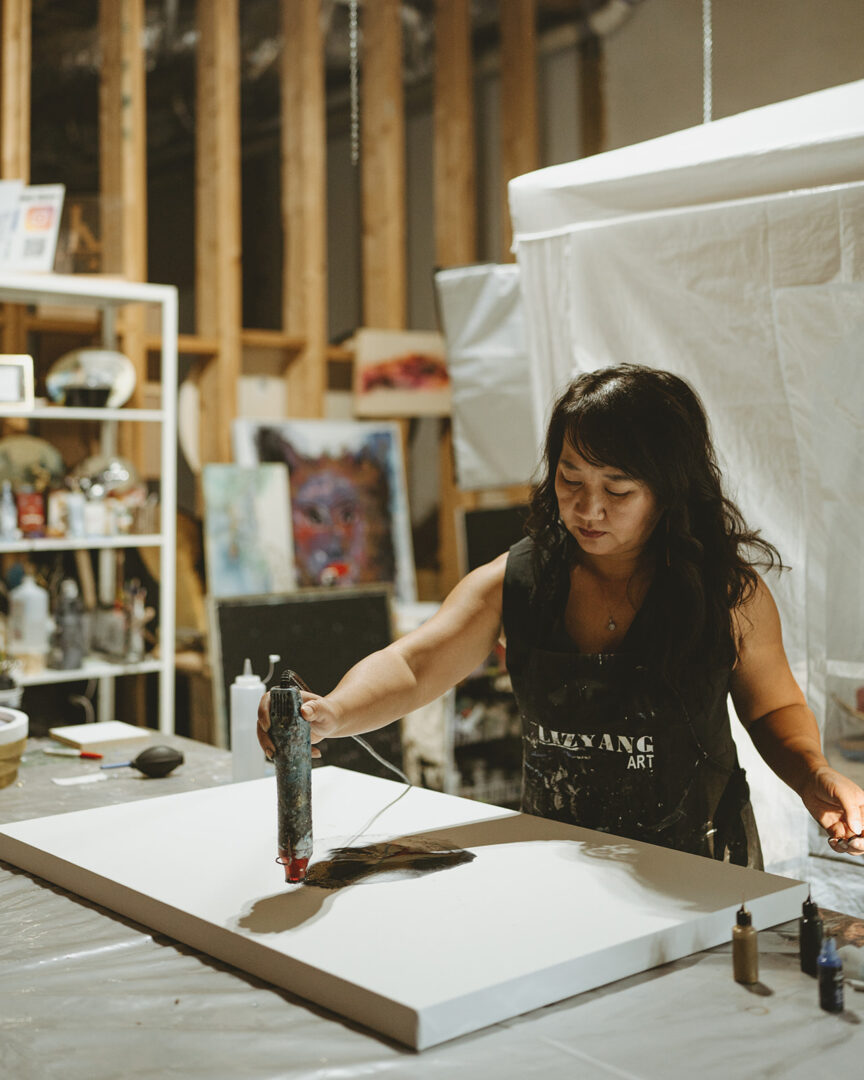
There is so much advice out there about all the different skills and qualities folks need to develop in order to succeed in today’s highly competitive environment and often it can feel overwhelming. So, if we had to break it down to just the three that matter most, which three skills or qualities would you focus on?
Looking back, the three qualities that have been most impactful in my journey are: courage, curiosity, and cultural rootedness.
1. Courage – Not just the bold kind that shows up on stage or in public, but the quiet, everyday kind. The courage to keep creating when no one is watching. The courage to share my story when it feels too personal. And especially, the courage to share my faith openly through my art. As a woman of faith, I’ve had to learn how to integrate that part of me into my creative work—not in a way that preaches, but in a way that reflects what grounds and sustains me. It hasn’t always been easy, especially in spaces where faith isn’t always welcomed, but it’s a core part of who I am.
My advice: Don’t dim your light. Your faith is part of your story and your strength. Share it honestly, and let it shape your voice as an artist and human being.
2. Curiosity – Staying open and willing to learn has been essential. I’ve learned to ask questions—about techniques, about myself, about the world around me. Curiosity has helped me evolve not only as an artist but as a person of faith and culture navigating multiple layers of identity.
My advice: Don’t rush the process. Play, experiment, take risks. Be a student of both your craft and your story. Growth lives in the “what ifs.”
3. Cultural Rootedness – Understanding and embracing my identity as a first-generation Hmong American has brought depth and direction to my work. At first, I didn’t see my story reflected in the spaces I was in—but instead of shrinking back, I started weaving that absence into my art. It’s been healing not just for me, but for others who feel unseen.
My advice: Learn your story. Ask the hard questions. Sit with your history. There is power in claiming your roots, especially in spaces where they’ve been overlooked.
For anyone early in their journey: you don’t have to have it all figured out to start. Your voice matters. Your story matters. Stay honest. Stay curious. And surround yourself with people who remind you that you were never meant to create alone.

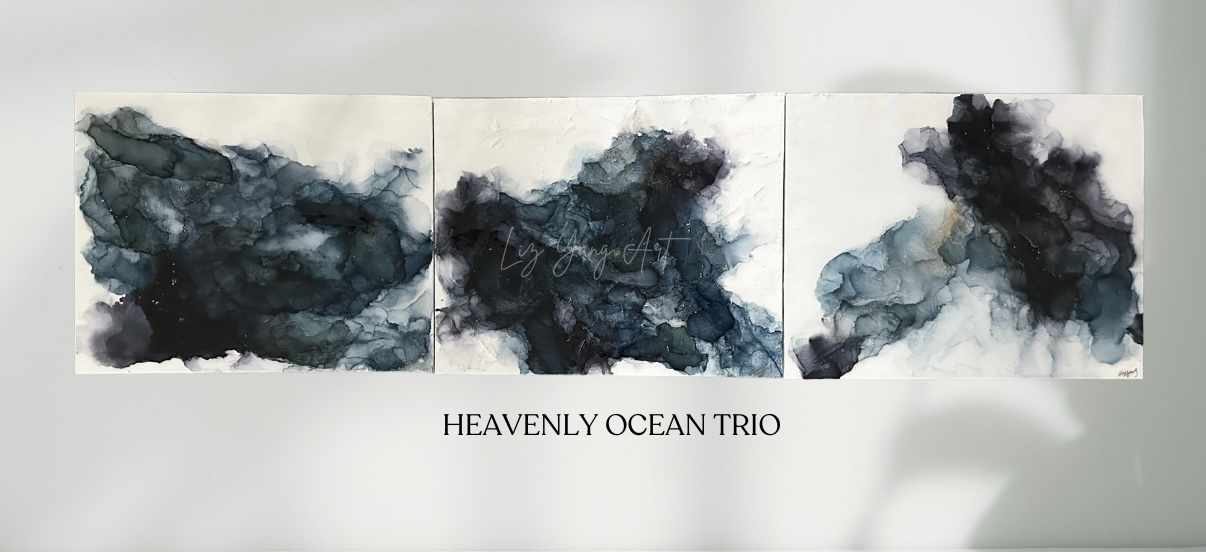
Alright so to wrap up, who deserves credit for helping you overcome challenges or build some of the essential skills you’ve needed?
Without question it is my husband.
He’s been my steady place through the highs, the doubt, and the messy in-betweens. He’s believed in me on the days I didn’t believe in myself, gently reminding me of who I am and why I started. Whether I was wrestling with imposter syndrome, second-guessing a creative decision, or struggling to find balance, he’s been the voice of calm and truth.
What I’m most grateful for is that he never tried to fix my journey instead he simply walked it with me. He’s given me space to grow, to process, and to show up authentically. He celebrates the wins, but he also holds space for the hard days. His quiet support has allowed me to take risks, stay rooted in my faith, and keep creating from a place of purpose.
In every way, he’s helped me build not just the skills I needed but the strength and confidence to keep going.
Contact Info:
- Website: [email protected]
- Instagram: https://www.instagram.com/lizyangart
- Facebook: https://m.facebook.com/lizyangart/
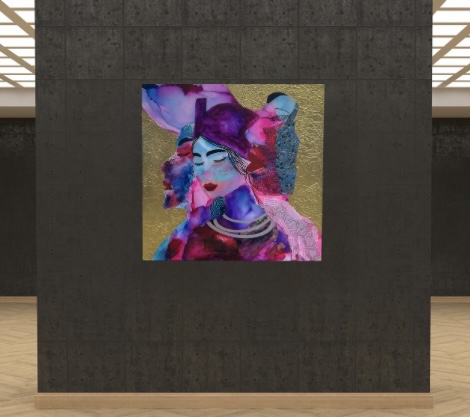
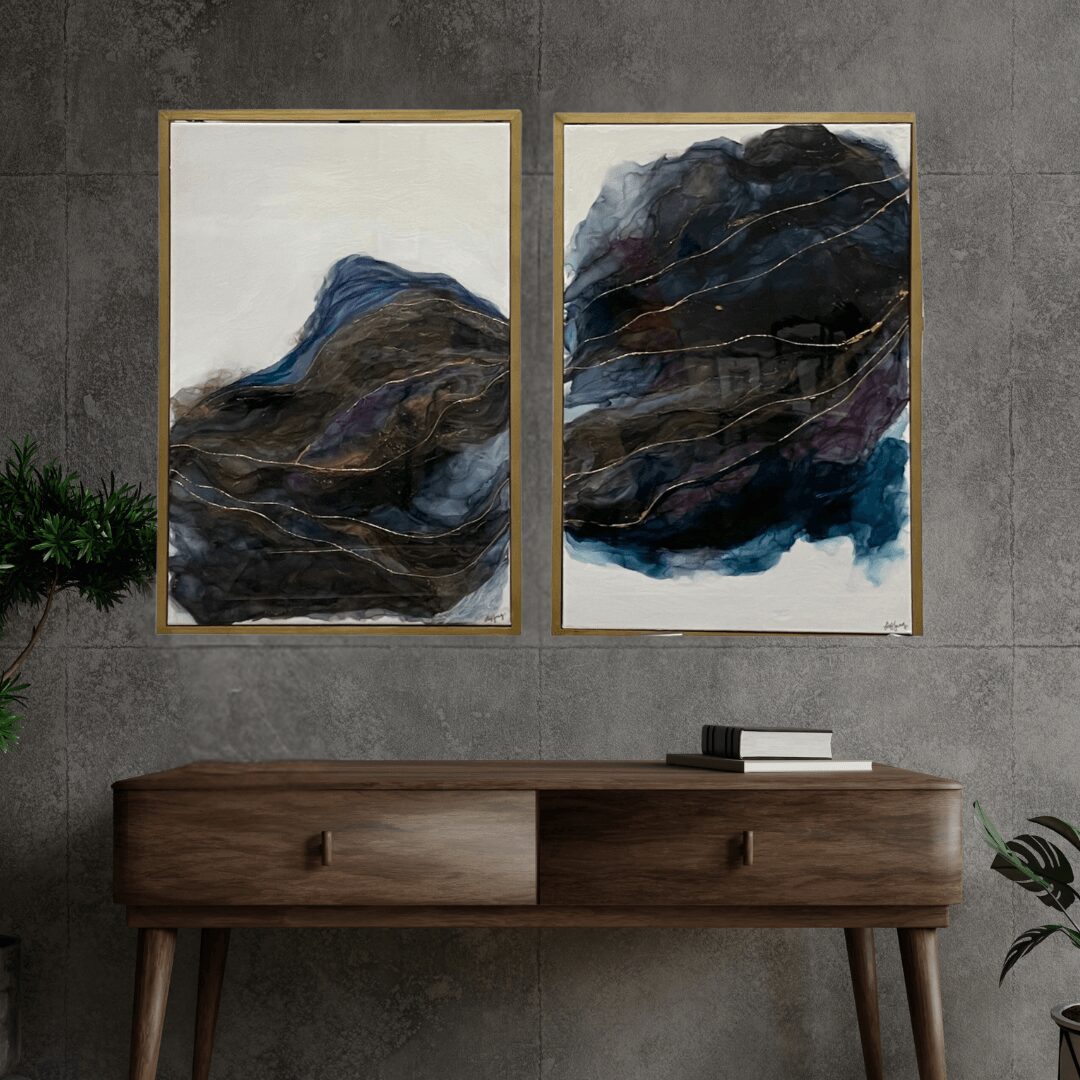
Image Credits
Jaida Xiong
Carolinacurated25
Suzy Anderson
so if you or someone you know deserves recognition please let us know here.

